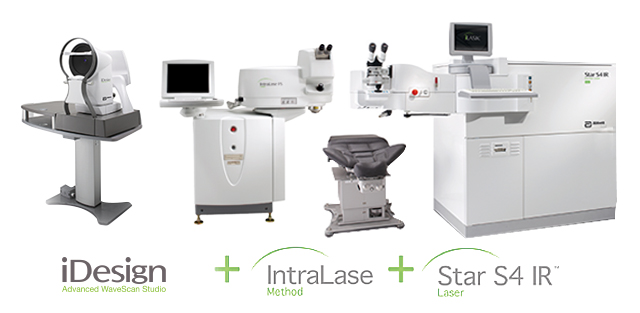LASEK Laser eye surgery
Introduction to LASEK
LASEK is the least invasive of the Laser eye surgery procedures available as it does not need to cut the cornea like LASIK. It is currently the most popular elective surgery in the world with millions of happy patients worldwide including celebrities like Brad Pitt, Nicole Kidman, Elton John, Celia Black, Tiger Woods and Rory McIlroy. LES works by reshaping the external surface of the eye called cornea without the creation of a very thin laser flap. The general result is a more natural spectacle free vision for many years to come. People involved in contact sports will often choose this choice as there is no risk for a flap to be dislodged after an eye injury.

What types of lasers exist?
LASEK employs a wide array of laser variations depending on the prescription needing to be treated, the cornea thickness, the presence of corneal scars, pupil size, age of patient, occupation, lifestyle etc. Some of the common LES types are:
- Advanced Wavefront (or Custom or i-Design): This incorporates space-age, advanced mathematical nomograms on the laser platform that match more accurately the imperfections of the individual patients’ eye. It can be scanned and administered by a certified ophthalmic technician in a clinic setting.
- Standard: This is a laser application that is meant to match a given prescription like the one found in spectacles or contact lenses.
- MMC: Mitomycin-C is a chemical that is used to inhibit advanced immune/fibrotic reaction following LASEK treatments
Phototherapeutic Keratectomy (PTK): This is the only use of eye lasers for a therapeutic management of anterior corneal diseases and is a method of keratectomy (removal or corneal scars). The excimer laser can be used in the treatment of a number of superficial corneal disorders The indications include a variety of corneal degenerations and dystrophies, corneal irregularities, and superficial scars like anterior basement membrane epithelial dystrophy, Bullous keratopathy, recurrent corneal erosions, Reis Bucklers syndrome, Band Keratopathy and Lattice dystrophy can all be helped by this treatment. While some of these conditions, could be treated by mechanical superficial Keratectomy techniques, PTK may minimise tissue removal and surgical trauma.. The smooth stromal surface achieved by the excimer laser procedure may improve surface quality of the cornea, improve postoperative corneal clarity and decrease postoperative scarring and facilitate subsequent epithelial adhesion. Moreover superficial corneal disorders, which in some cases would otherwise require corneal transplant, may be amenable to treatment with the PTK procedure. Thus PTK has a dual approach in pain management and improving the visual acuity (removing scars).
Unlike LASEK or LASIK technique for correction of refractive errors, PTK treatments will vary with different corneal disorders and the clinical goals of the procedure may likewise vary depending upon the patient’s symptoms.
Am I a good candidate for LASEK
Anybody can avail of a LASEK. The procedure is generally safe for all eye prescription types though patients with higher prescriptions should take precaution. All ages over 18-21 for as long as they use some form of spectacles and the required standards may benefit from LASEK LES
How many treatments will i need?
Usually one but if the prescription is high or complex a re-treatment (called enhancement) may need to be used. There is a chance also that years later after many years without spectacles you may need a re-treatment or if you develop a cataract a different type of vision correction may need to be used.
What are the benefits of this treatment?
Spectacle free vision for the majority of the activities for a large number of years.
Does this treatment cause any harmful effects?
According to most studies anything from 1 to 20% of patients may experience adverse effects. Side effects include temporary discomfort, burning sensation, redness and swelling. Without proper attention the cornea may become infected and or scarred. No long-term effects are directly and exclusively associated with LES however, corneal scarring or haze, dry eyes, glare, haloes, starbursts, lightsensitivity and ghosting may affect a minority of patients (less than 1%) for more than the usual month or two say over 6-12 months.
What Patients Have Experienced?
People who have availed of LES report a stinging sensation starting during treatment which may last for days up to a week following the procedure, depending on the type of laser used (LASEK). Those who have availed of LASIK noticed dramatic and more visible results a few hours after treatment, while those who have undergone LASEK notice visible improvements after one to five days later.
Bottom Line
As you continue your search for the ultimate solution to your visual problem, remember that there is no one procedure that can solve all your eye care worries in a single treatment and there are side-effects that can be irreversible.
More information
Who is LASEK suitable for
What is the recovery time?
Book Your Consultation
Please book your consultation online by clicking the enquire now button below and filling in your details. Our team will get back to you as soon as possible.
